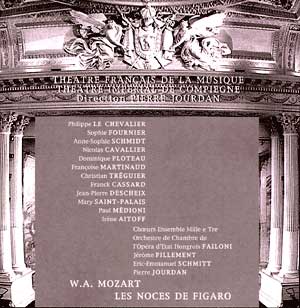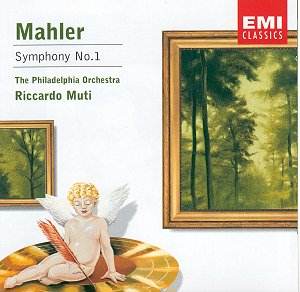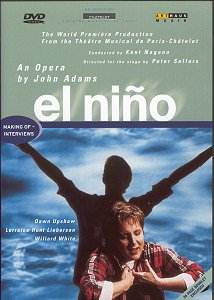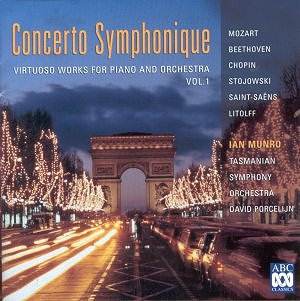 Composer: Wolfgang Amadeus Mozart
Composer: Wolfgang Amadeus Mozart
Works: Les Noces de Figaro
Performers: Nicolas Cavalier (bass), Anne-Sophie Schmidt (soprano), Philippe Le Chevalier (baritone), Sophie Fournier (soprano), Dominique Ploteau (tenor), Christien Tréguier (bass-baritone), Ensemble Mille E Tre, Orchestre De Chambre De L’Opéra D’État/Jerome Pillement
Recording: Live recording from the Théâtre Impérial de Compiègne, October 1997
Label: EDITIONS TFM (without number) [3CDs: 176.55]
Mozart’s Le Nozze di Figaro stands as a pillar of operatic literature, a work that encapsulates the Enlightenment spirit through its complex characters and intricate social dynamics. Premiered in 1786, it reflects the shifting tides of class and gender relations in pre-Revolutionary France, underscoring not only the composer’s genius but also the cultural milieu from which it emerged. The present recording, captured in the intimate setting of the Théâtre Impérial de Compiègne, offers a fresh perspective on this beloved opera, presenting it through the lens of a modern French production that seeks to engage the audience with vibrant performances.
The cast, led by Nicolas Cavalier’s robust Figaro, exhibits a commendable understanding of their roles, though the interpretation harbors some notable choices that spark discussion. Cavalier’s portrayal, while initially gruff, finds its footing with the iconic aria “Se vuol ballare,” where his bass voice blossoms with a well-rounded tone that commands attention. Anne-Sophie Schmidt’s Susanna is suitably vivacious, capturing the character’s spirited nature with a bright, agile soprano that delights in the opera’s lighter moments. However, Philippe Le Chevalier’s Count lacks some of the necessary gravitas, presenting a character whose smoothness feels somewhat diminished compared to the commanding presence of Figaro. This interpretation choice may reflect a modern sensibility, but it risks underplaying the Count’s inherent authority.
Dominique Ploteau’s interpretation of Cherubino is particularly intriguing, as the decision to cast a tenor in this traditionally mezzo-soprano role raises questions about vocal characterization. While Ploteau’s sweet head voice brings a distinct charm, the portrayal occasionally falters, especially during the recitatives where he seems too mature for the character’s youthful exuberance. This deviation from tradition might resonate with some listeners, yet it ultimately detracts from the intended youthful innocence that is pivotal to Cherubino’s identity. The decision to present these characters in French, complete with newly commissioned translations, enhances accessibility but may induce some degree of cultural dissonance for purists.
The recording itself boasts a clear and well-balanced sound, captured in an acoustically pleasing environment that allows the orchestra and singers to shine without overwhelming stage noise. The audience’s applause is minimally intrusive, serving more as a reminder of the live performance’s immediacy rather than detracting from the music. While the pacing occasionally veers into languorous territory, causing some of the opera’s natural sparkle to dim, the conductor, Jerome Pillement, ensures that the ensemble maintains its vitality and composure. The orchestral playing is commendable, with the chamber ensemble exhibiting a delicate interplay that complements the singers effectively, though at times the energy could benefit from a more vigorous tempo.
This recording of Le Nozze di Figaro serves as an engaging artifact for both French speakers and those fond of Compiègne’s historic charm. It captures a moment in time where cultural aspirations intersect with musical expression, though it may not eclipse the more traditional renditions that have come before it. The performances are heartfelt and technically sound, yet the interpretive choices invite scrutiny, particularly regarding the casting of Cherubino. For aficionados of Mozart’s work, this recording may not supplant the iconic interpretations but provides a delightful experience that reflects the enduring relevance and adaptability of one of opera’s greatest masterpieces.



